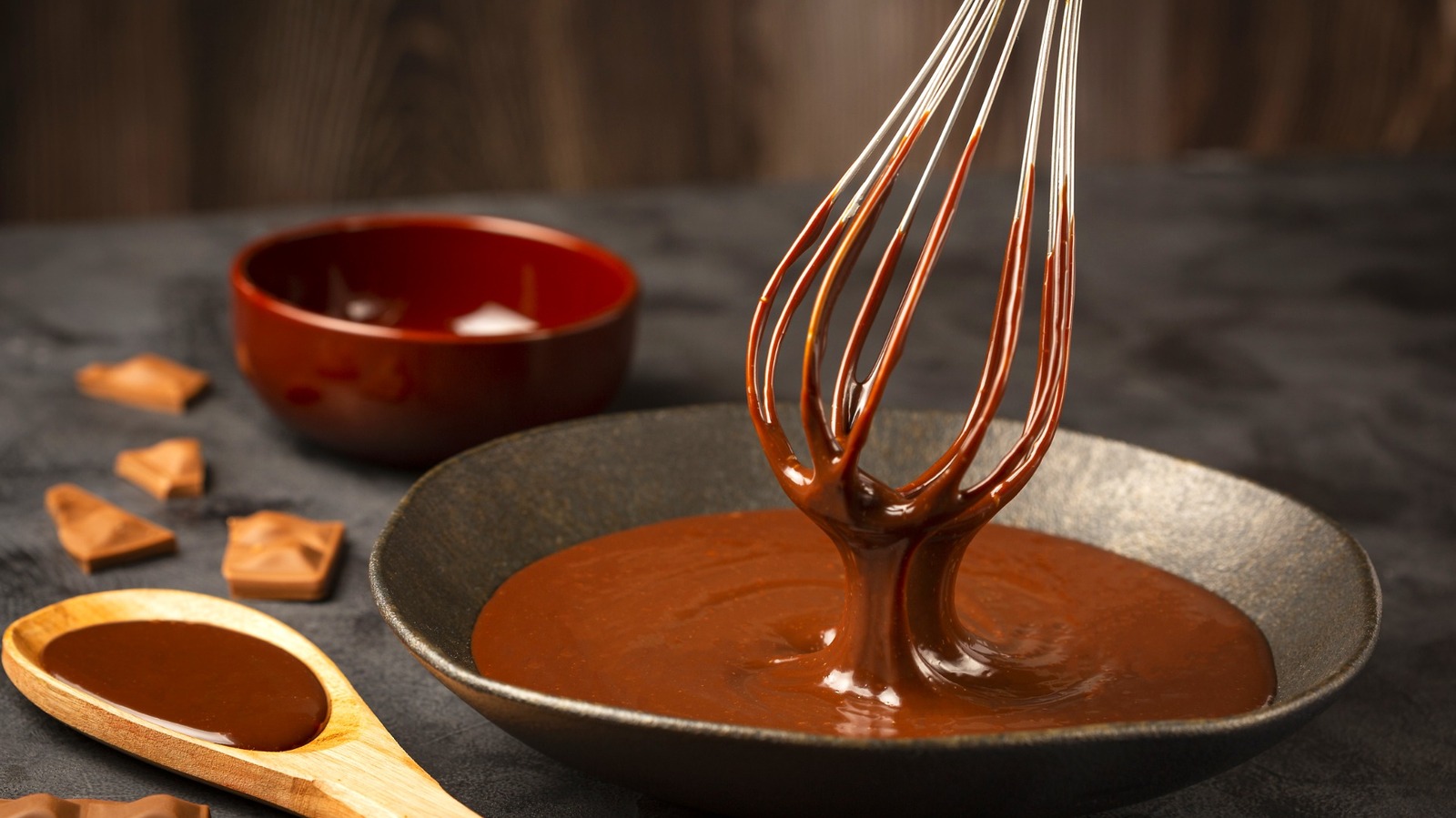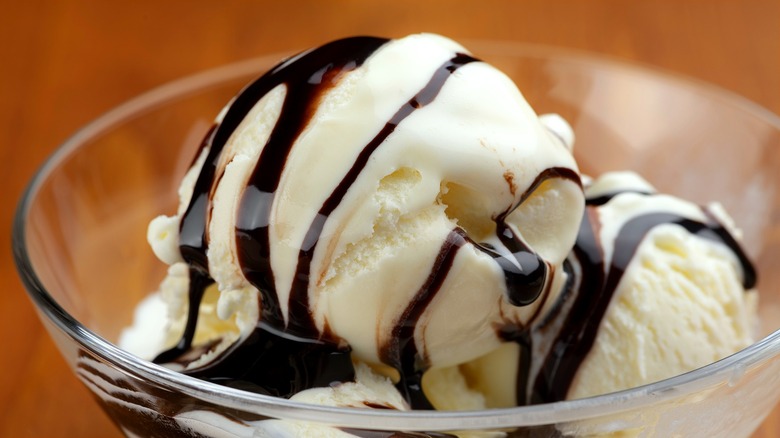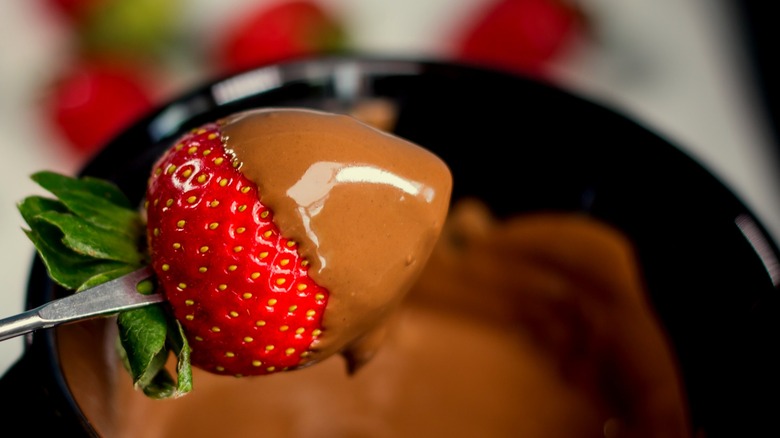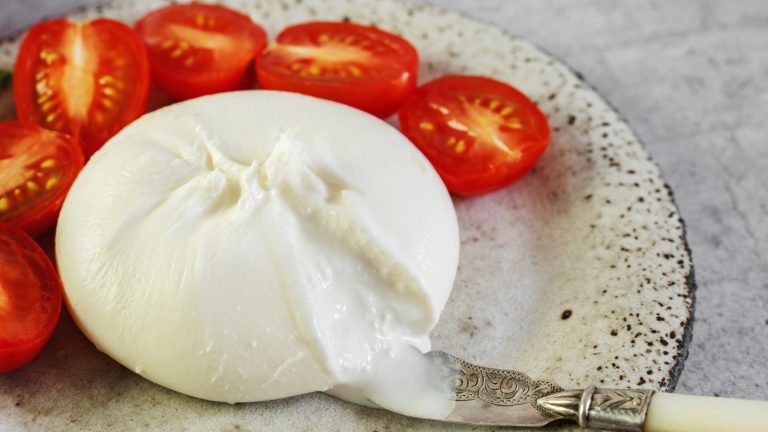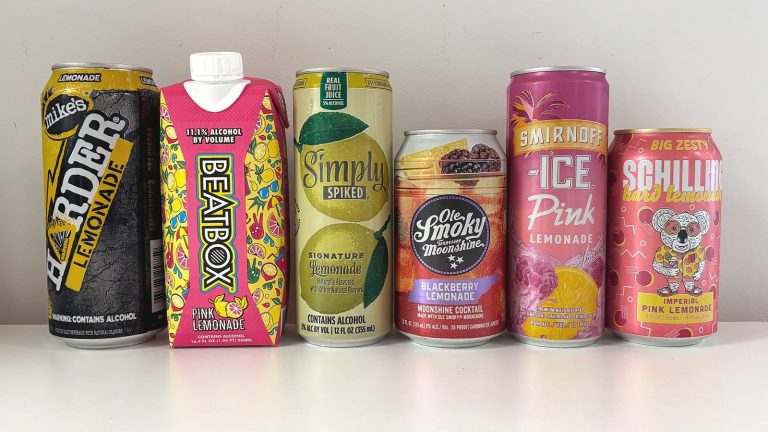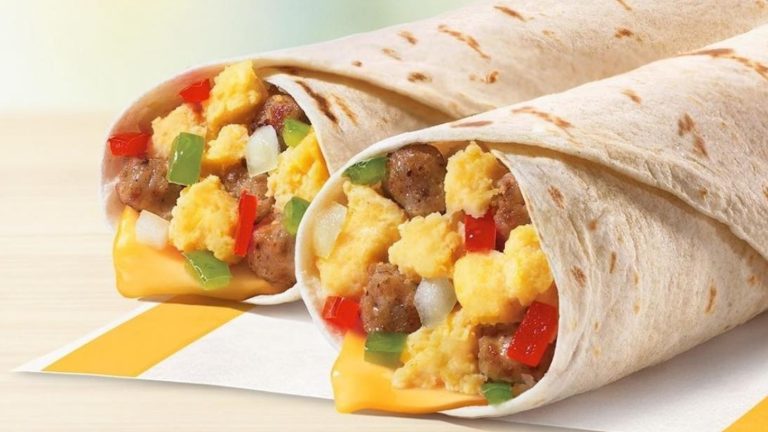There are few things in this world that can’t be improved with the addition of chocolate, from ice cream to awkward first dates. You can incorporate chocolate into savory dishes, boost a classic bourbon cocktail with chocolate bitters, and even make a healthy, energizing breakfast with a high-protein cottage cheese chocolate mousse. With a little bit of chocolate syrup or chocolate sauce, you can make just about anything sweeter, deeper, and nuanced.
Syrup and sauce, however, are wildly different from each other. Leveling up your chocolate game is a matter of knowing when to use each one. Chocolate syrup is thinner and is best used for flavoring things without impacting the texture too much, so it’s great as a mixer and sweetener. Chocolate sauce, on the other hand, leans on its thickness to make food richer and more velvety, making it an excellent dip. Both can be used as toppings for ice cream and pastries — it’s entirely up to your preference.
When to use chocolate syrup
The reason chocolate syrup works best as a mixer is its relatively simple composition. It’s usually made with a combination of cocoa, sugar, and water, with the occasional stabilizer mixed in. This makes it easy to dissolve in liquids, which in turn makes it a quick and easy way to add chocolatey flavors to all sorts of beverages. You can add the chocolate to your morning coffee for a sweet start to the day, for instance.
Chocolate syrup’s fairly thin consistency also makes it ideal for drizzling over desserts. If you want to use it as a dip, go with fluffier treats, such as pancakes — their spongy texture soaks up the syrup instead of letting it run off the surface like it might on fruit. Ice cream is a perfect pairing for chocolate syrup since the cold can firm up the syrup ever so slightly, giving you a stickier bite to complement the creaminess.
When to use chocolate sauce
Chocolate sauce, on the other hand, is good for when you want to make food more decadent. The sauce is typically made with butter and cream, which both add a good amount of richness to the flavor because of their extra fat. Mixing a spoonful of the stuff into hot drinks can make them more indulgent, but steer clear of cold drinks — chocolate sauce doesn’t dissolve well in cooler temperatures. You might end up with clumpy bits in your beverage.
Where chocolate sauce really shines is its versatility. It adds multiple dimensions of flavor and texture as a topping, so much so that it’s become a tradition in some cuisines. Chocolate gravy, for instance, is a sauce deeply rooted in Southern history thanks to how well it goes with biscuits. It’s thick enough to fully coat whatever you dip in it, making for an ideal fondue. Because sugar isn’t as necessary a component in chocolate sauce as it is in syrup, you can also use the sauce in savory dishes. When made with dark chocolate in particular, it adds notes of fruit, nuts, and spice, along with a slight bitterness that can help ground equally intense flavors. This results in a more balanced, yet still complex, flavor profile. For even more flavor, chocolate sauce can be livened up with chili peppers or smoked for added depth.


